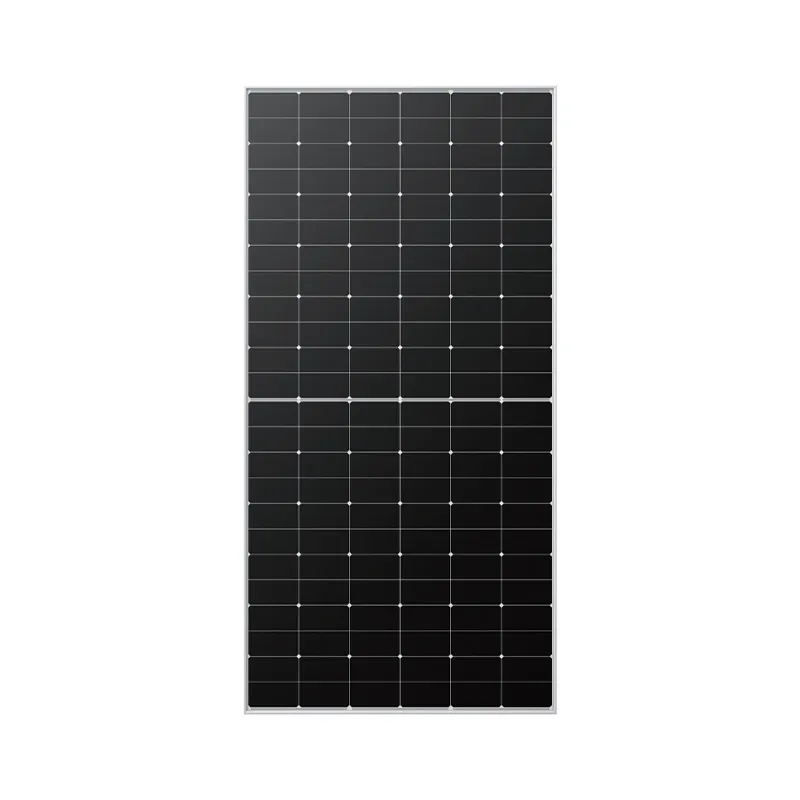typical solar panel dimensions
Typical Solar Panel Dimensions A Comprehensive Overview
Solar energy has emerged as one of the most promising renewable energy sources, harnessing the sun's power to generate electricity for residential, commercial, and industrial uses. With the growing popularity of solar panels, understanding their dimensions is essential for proper installation and efficiency. In this article, we will explore the typical dimensions of solar panels, their variations, and how these factors impact energy production.
Standard Dimensions of Solar Panels
Most standard solar panels have dimensions that vary primarily according to their type and manufacturer. However, the most common sizes fall within the range of 60-cell and 72-cell panels. A typical 60-cell solar panel measures about 64 inches (163 cm) by 39 inches (99 cm), while a 72-cell solar panel is slightly larger, measuring approximately 77 inches (195.6 cm) by 39 inches (99 cm).
These dimensions allow for an efficient balance between space and energy output. On average, a 60-cell solar panel can produce between 250 to 350 watts, while a 72-cell panel typically generates between 350 to 450 watts. The energy conversion efficiency often depends on the panel’s design and the technology used, but as a rule of thumb, larger panels usually produce more energy.
Variations in Dimensions
While the dimensions mentioned above are the common standards, some solar panels come in unique sizes and configurations to fit specific needs. For instance, smaller solar panels can be as compact as 36-cell designs measuring 47 inches (119 cm) by 30 inches (76 cm), designed primarily for residential use or small-scale projects. Additionally, there are specialized panels, such as those made for portable solar applications, which can have varied dimensions to ensure ease of transport and installation.
The thickness of solar panels is another important aspect that can vary. Most panels range from 1.5 to 2 inches in thickness, but this can differ based on the type of glass used, the cells' construction, and the overall design of the panel.
typical solar panel dimensions

Impact of Panel Dimensions on Installation
The dimensions of solar panels play a crucial role in installation. When planning a solar power system, it is essential to consider the available roof space or ground area. Each panel's size influences how many can be installed on your property, ultimately affecting the total energy output of the system.
Installers must measure the intended installation area before selecting the appropriate panels. If the space is limited, opting for higher efficiency panels—often designed to produce more power in the same size—can help meet energy needs without requiring additional space. In contrast, larger installations may benefit from standard-sized panels, providing a balance of cost and output.
The Role of Dimensions in Performance
Panel dimensions also affect performance characteristics, such as shading and heat retention. Larger panels have more surface area, which can result in greater energy absorption, but they also require adequate spacing to prevent shading from nearby trees, structures, or even other panels. Properly planning the layout and installations can mitigate these issues, ensuring optimal performance.
Moreover, the mechanical properties of different sizes can influence how panels handle temperature fluctuations. Larger panels might have a greater tendency to heat up, which can reduce efficiency. Therefore, it's crucial to account for local climate factors and select panel dimensions accordingly.
Conclusion
Understanding the typical dimensions of solar panels helps homeowners and installers alike make informed decisions regarding solar energy systems. Whether choosing standard 60-cell and 72-cell panels or considering smaller, unique sizes, knowing the dimensions involved is vital for optimizing energy production and installations. As solar technology continues to advance, these dimensions may evolve, but the core principles of size, efficiency, and energy output will remain key factors in harnessing solar energy effectively. With appropriate planning and consideration, solar panels can become a valuable investment in sustainable energy for all.
-
String Solar Inverter: The High-Efficiency Solution for Smart Solar EnergyNewsJul.14,2025
-
Revolutionizing Rooftop Energy with the Power of the Micro Solar InverterNewsJul.14,2025
-
Power Independence with Smart Off Grid Solar Inverter SolutionsNewsJul.14,2025
-
On Grid Solar Inverter: Powering the Future with Smart Grid IntegrationNewsJul.14,2025
-
Monocrystalline Solar Panels: High-Efficiency Power for the Future of Clean EnergyNewsJul.14,2025
-
Bifacial Solar Panel: A Smarter Investment for Next-Generation Energy SystemsNewsJul.14,2025







